What plants attract bees? How to attract pollinators
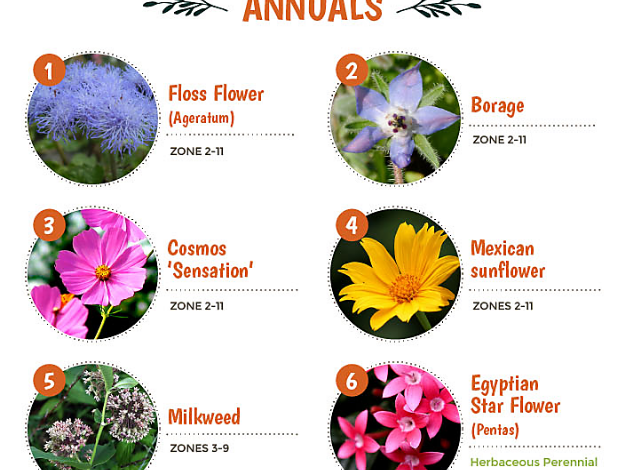
Do you want to attract bees to the orchard or garden? It collaborates to prevent the extinction of these beneficial insects and favors the pollination of garden crops thanks to the flowers, aromatic plants and trees that attract bees.
In other Agrohuerto articles we have already talked about bees and their role in obtaining a good harvest in the garden, including the importance of beekeeping in urban gardens.
After a bit of theory about the benefits of pollinators, today we focus on the practice with these 10 types of plants to attract bees.
10 PLANTS THAT ATTRACT BEES
The Apis mellifera bee can be «domesticated» thanks to its attraction to the nectar of honey plants such as the ones we will see below. Honey plants are plants that attract bees because they are used by them to make honey.
One of the bases to attract bees and other pollinators to the orchard and garden is the diversity of the habitat that we are going to create thanks to the combination of different types of crops (see post What plants to grow in the garden).
As we will see, some of the plants to attract pollinators are herbaceous such as aromatic or flowering plants, but there are also other types of beneficial plants for bees, such as some hedges, shrubs and fruit trees.
1. Oregano
Oregano is one of the most common aromatic plants used as a condiment in the kitchen. In addition, its use as a medicinal plant is widespread due to its anti-inflammatory and antibacterial properties and its high content of vitamins, minerals and antioxidant phytochemicals that are beneficial for health.
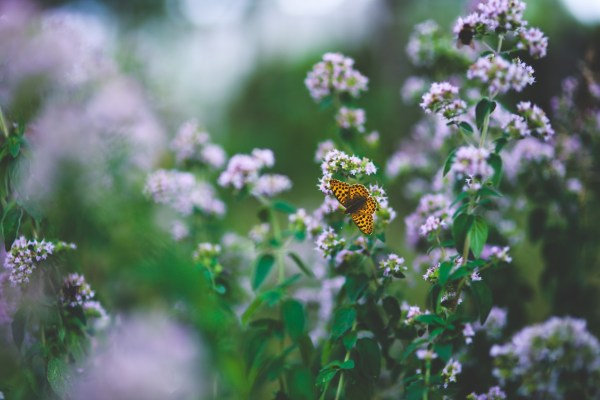
Its small and fragrant white, lilac or pink flowers appear in spring and last until autumn, attracting beneficial pollinators such as bees and keeping pests such as aphids, ants or mosquitoes away.
2. Coriander
Coriander is an aromatic plant whose stems, leaves and flowers are widely used in the kitchen of half the world. Like most aromatics, it’s easy to grow (even in pots) and doesn’t take up too much space.

Blooming cilantro in late spring will help attract bees and other beneficial insects like predatory pest wasps. In addition, thanks to its powerful aroma, this plant is effective in controlling garden pests as it repels aphids and mites such as the red spider.
3. Clover
Clover is a small legume that barely lifts a few fingers from the ground, but it can be a very beneficial plant in organic gardens.
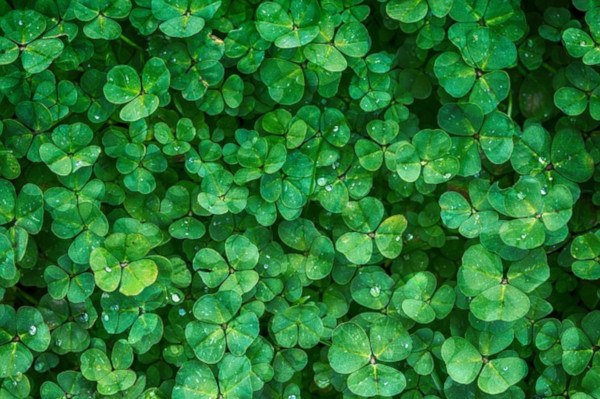
Its small colorful flowers attract bees. In addition, clovers are very interesting because, like the rest of the legumes, they nourish the soil by fixing the nitrogen they obtain from the air, and they can be used as green manure for the organic garden.
4. Fennel
Fennel is a vegetable from the Umbelliferae or Apiaceae family that is highly appreciated in the kitchen.
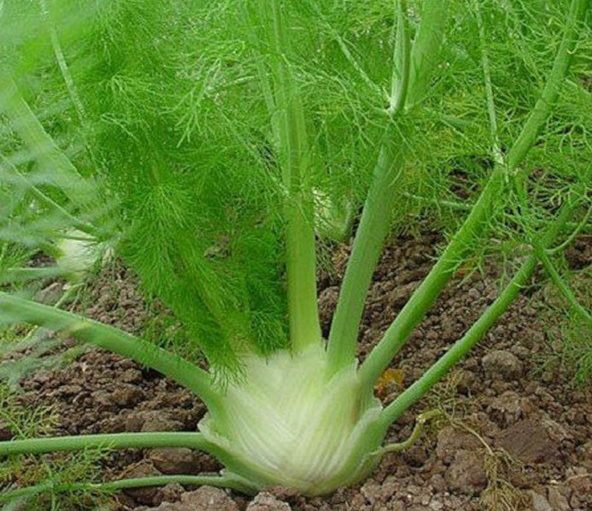
In addition to its culinary and medicinal properties (it reduces cholesterol, it is a diuretic, it contains antioxidants…), fennel is very useful in the garden since, with its powerful aroma, it is capable of attracting bees and other beneficial insects such as ladybugs (predators par excellence of aphids). More information about this crop in the post Growing fennel step by step.
5. Rosemary
Rosemary is one of the most beneficial aromatics to grow in the garden. In addition to repelling some crop pests, such as thrips, ants or carrot flies, and other insects such as fleas and ticks, its powerful scent and lilac flowers attract pollinating bees.
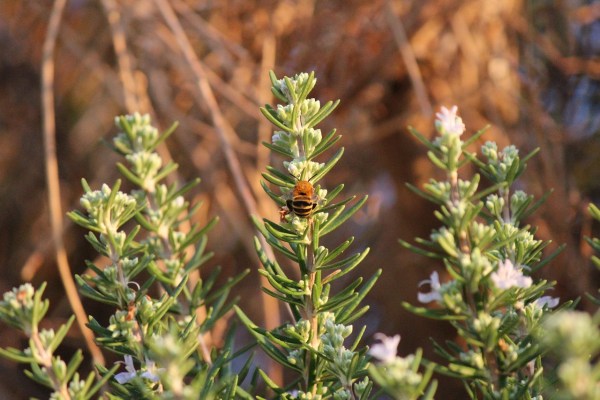
This is an aromatic plant that is easy to grow, very resistant and can last, even in pots, for several years. More information in the post on how to grow rosemary.
6. Thyme
Like rosemary and other aromatic herbs, thyme is used to attract bees to the garden while helping to ward off pests (snails and slugs, cabbage fly, ants…).
In addition to being species widely used and appreciated for their culinary and medicinal properties, these aromatics can also be used as an ingredient in stews and natural preparations.
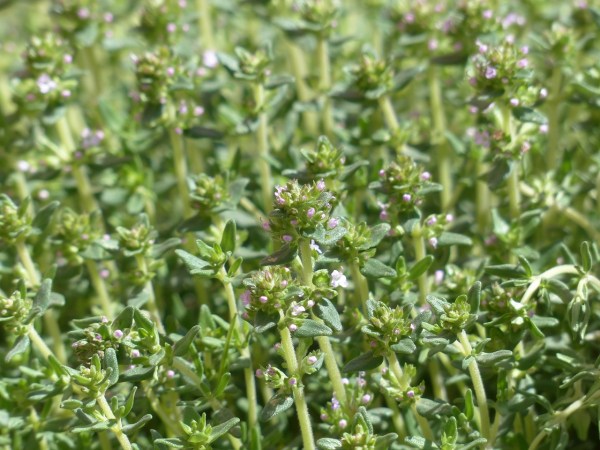
Thyme is a small perennial shrub that adapts very well to almost any type of soil and climate and does not require much care, so it will be easy to grow even for beginner gardeners.
7. Sunflower
Although it is large and ostentatious and may seem otherwise, the sunflower is an easy plant to grow and associates well with garden crops such as corn or some legumes and cucurbits.
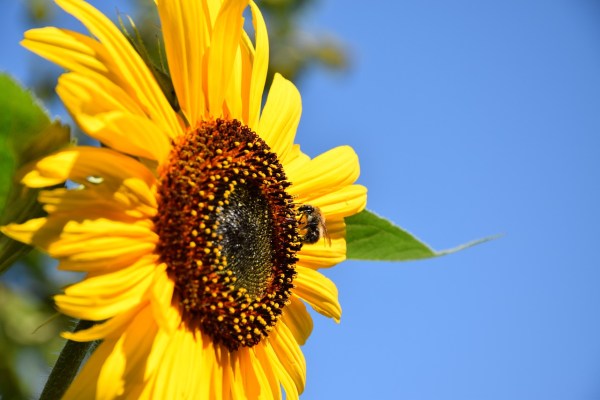
According to a recent study, sunflower is a very beneficial plant for bees since its pollen has medicinal and protective effects for these insects due to its high content of antioxidant and antimicrobial substances.
8. Flowers to attract bees
Many cultivated and many others wild, the flowers that attract bees will also give an ornamental and colorful touch to the orchard or garden. These plants also have other benefits for the health of the garden (we already talked about it in the post Useful flowers in the garden).
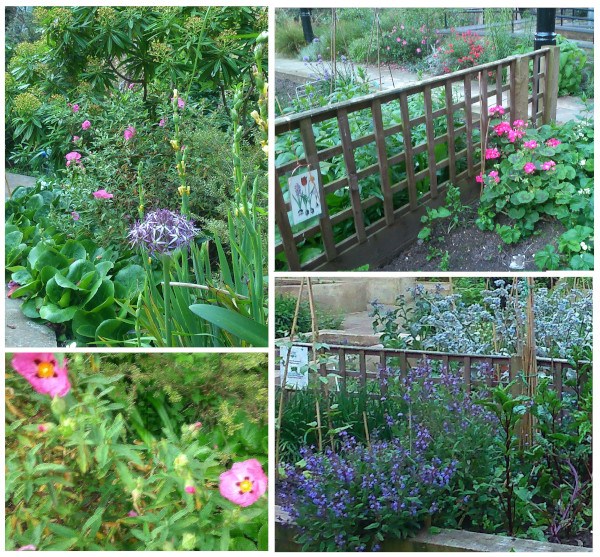
Examples of flowers that attract bees:
- Chamomile
- Sage
- Borage
- Lavender
- Calendula
- Borage
- Gold button
- Anemone
- Geranium
- Zinnia
- Poppy
- Dandelion
9. Shrubs and hedges to attract bees
Growing wild fruits or red fruits such asraspberries, blueberries, blackberries or currantsfavors thepollination of the orchardand improves the harvest because these areplants that attract beesand other pollinators.
In addition, we can put hedges in the garden such as heather, rockrose, myrtle or boxwood, which are also honey plants that serve to attract bees.
10. Trees that attract bees
- Chestnut
- Holm oak
- cherry tree
- Apple tree
- Orange tree
- Lemon Tree
- Linden
- Arbutus
- Eucalyptus
What else can we do to attract bees?
In addition to these herbaceous plants and trees that attract bees thanks to the pollen from their flowers, experts recommend providing nesting sites for pollinators. To do this, you can build a shelter like the one we saw in the post Raising beneficial insects in the garden: The home of insects.
Another option to attract bees to the orchard or garden is to resort to artificial hives like this one:
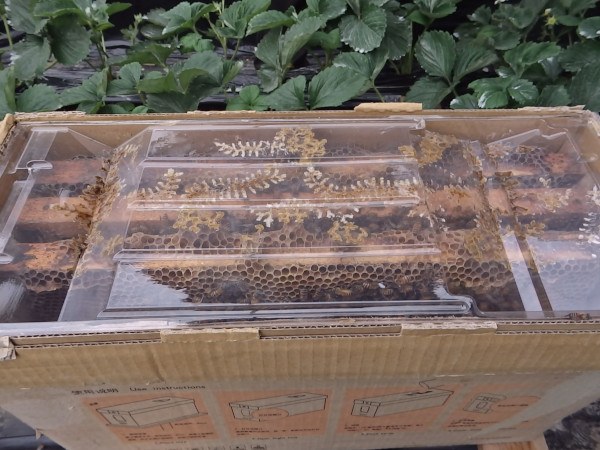
In addition to these tricks to attract bees, it is very important, in order not to drive them away or damage them with toxic products, to change the use of chemicals for integrated pest control techniques. In this way we will protect and attract bees by replacing herbicides with ecological control of weeds and chemical pesticides with ecological and natural insecticides.
References
- Moreno Herrero, L., 1946. The bees in the field. Disclosure Sheets of the Ministry of Agriculture, Year XXXVIII (No. 3).
- Nates-Parra, G., 2005. Wild Bees and Pollination. Integrated Pest Management and Agroecology (Costa Rica), nº 75, pag. 7-20.
- Perret, S., Gacitúa, S. & Villalobos, E., 2012. Honey orchards. Sustainability for beekeeping production. Forest Institute of the Ministry of Agriculture. Government of Chile.
- Fatrcová-Šramková, K. et al., 2016. Biologically active antimicrobial and antioxidant substances in the Helianthus annuus L. bee pollen. Journal of Environmental Science and Health, part B, vol. 51 (3), p. 176-181.
- González-Vanegas, PA et al., 2018. Native Bees, our unseen neighbors. Biodiversitas, nº 139, p. 1-5.
- City Council of Gijón, sf Collection of Melliferous Plants. Ed. Atlantic Botanical Garden of Gijón, SA

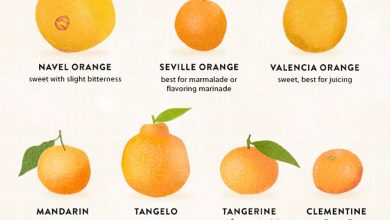
![Photo of Rhizome: [Concept, Types and Examples]](https://www.complete-gardening.com/wp-content/uploads/2022/08/rhizome-concept-types-and-examples-390x220.jpg)

![Photo of Laurel Cuttings: [Grafts, Time, Rooting and Planting]](https://www.complete-gardening.com/wp-content/uploads/2022/08/laurel-cuttings-grafts-time-rooting-and-planting-390x220.jpg)